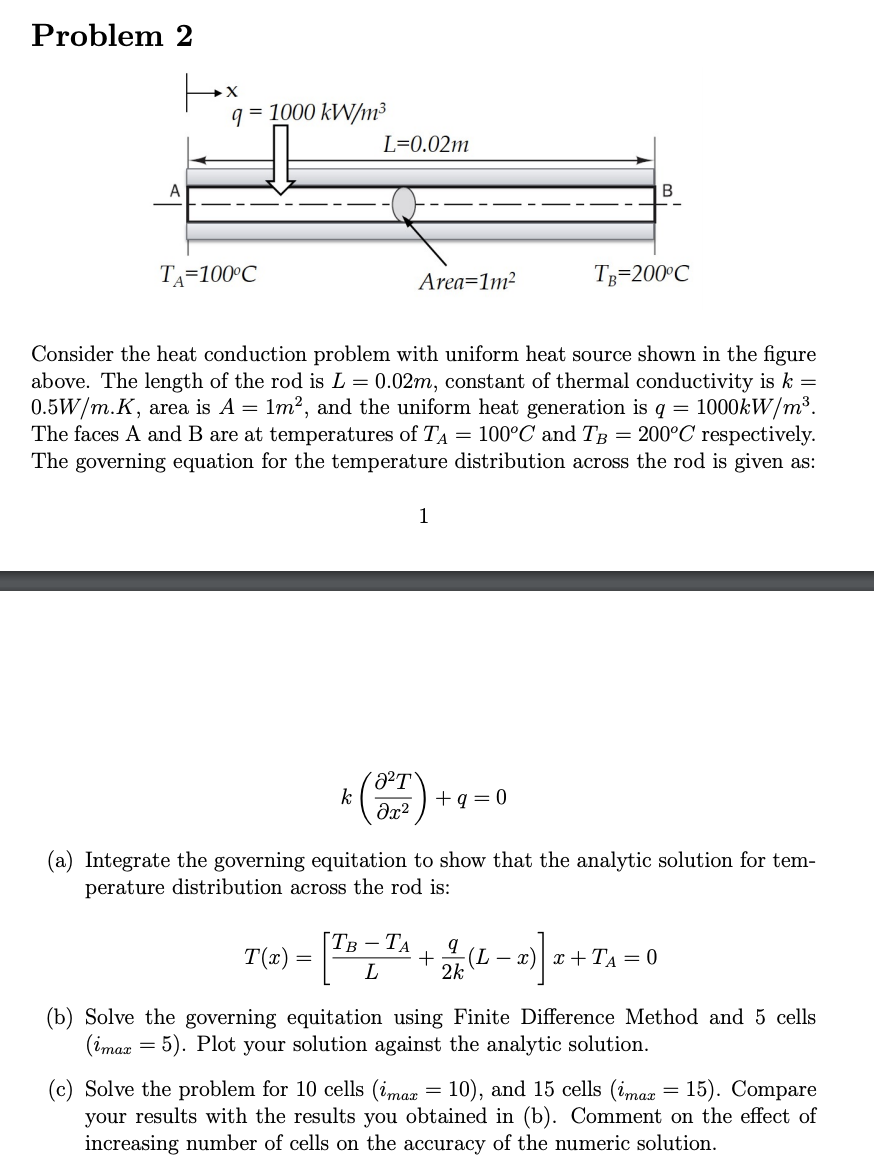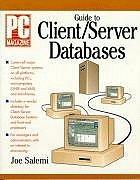Answered step by step
Verified Expert Solution
Question
1 Approved Answer
Use Python codes to solve Problem 2 9 = 1000 kW/m3 L=0.02m TA=100C Area=1m2 Te=200C Consider the heat conduction problem with uniform heat source shown

Use Python codes to solve
Problem 2 9 = 1000 kW/m3 L=0.02m TA=100C Area=1m2 Te=200C Consider the heat conduction problem with uniform heat source shown in the figure above. The length of the rod is L= 0.02m, constant of thermal conductivity is k = 0.5W/m.K, area is A = 1m, and the uniform heat generation is q = 1000kW/m3. The faces A and B are at temperatures of TA = 100C and TB = 200C respectively. The governing equation for the temperature distribution across the rod is given as: (a) Integrate the governing equitation to show that the analytic solution for tem- perature distribution across the rod is: T(a) = [To ; TA + (1 - 2) +TA=0 (b) Solve the governing equitation using Finite Difference Method and 5 cells (imax = 5). Plot your solution against the analytic solution. (c) Solve the problem for 10 cells (imar = 10), and 15 cells (imax = 15). Compare your results with the results you obtained in (b). Comment on the effect of increasing number of cells on the accuracy of the numeric solution. Problem 2 9 = 1000 kW/m3 L=0.02m TA=100C Area=1m2 Te=200C Consider the heat conduction problem with uniform heat source shown in the figure above. The length of the rod is L= 0.02m, constant of thermal conductivity is k = 0.5W/m.K, area is A = 1m, and the uniform heat generation is q = 1000kW/m3. The faces A and B are at temperatures of TA = 100C and TB = 200C respectively. The governing equation for the temperature distribution across the rod is given as: (a) Integrate the governing equitation to show that the analytic solution for tem- perature distribution across the rod is: T(a) = [To ; TA + (1 - 2) +TA=0 (b) Solve the governing equitation using Finite Difference Method and 5 cells (imax = 5). Plot your solution against the analytic solution. (c) Solve the problem for 10 cells (imar = 10), and 15 cells (imax = 15). Compare your results with the results you obtained in (b). Comment on the effect of increasing number of cells on the accuracy of the numeric solutionStep by Step Solution
There are 3 Steps involved in it
Step: 1

Get Instant Access to Expert-Tailored Solutions
See step-by-step solutions with expert insights and AI powered tools for academic success
Step: 2

Step: 3

Ace Your Homework with AI
Get the answers you need in no time with our AI-driven, step-by-step assistance
Get Started


